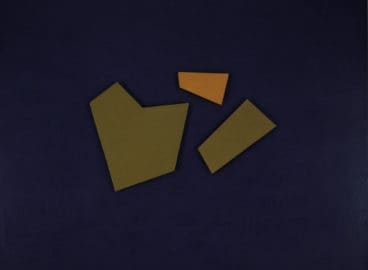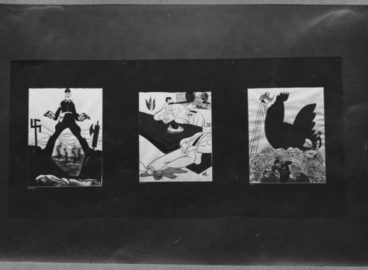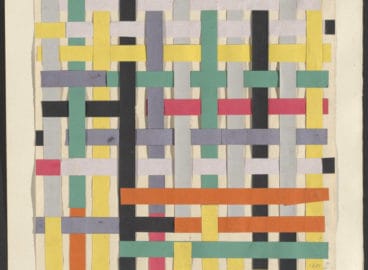Another work included in the recent Cisneros’ gift to the Museum is Mira Schendel’s Objeto Gráfico (1967). Here, Sarah Suzuki, Curator in the in the Department of Drawings and Prints, examines Schendel’s use of Japanese paper in the work, which exemplified the artist’s longstanding interest in experimental writing and exploration of language and its forms.
This text was originally published under the theme “Patricia Phelps de Cisneros Research Institute for the Study of Art from Latin America.” The original content items in this theme can be found here.
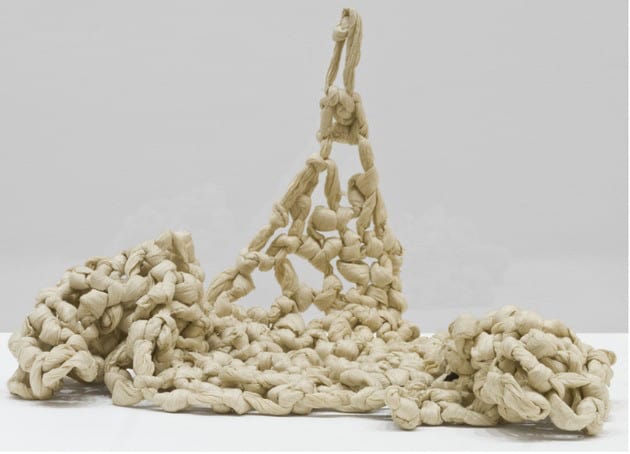
As one of the leading figures in postwar Brazilian art, Mira Schendel worked across mediums, from painting and sculpture to artist’s books. Perhaps most critically, she redefined the possibilities of a drawing practice—and indeed, what a drawing could be—not only for herself, but also for subsequent generations of artists. MoMA’s holdings of drawings by Schendel are quite extraordinary, and document many facets of her wide-ranging practice, from her use of paper as a sculptural material, knotted and corporeal in the Droguinhas (Little nothings), to the austere, almost mystical seriality of Trenzinho (Little train).
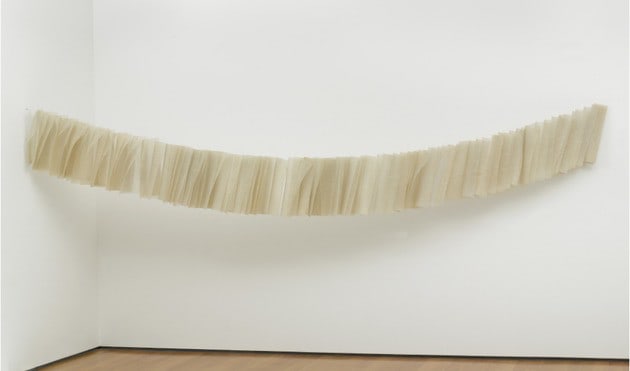
The incredible, masterful Sem título (Objeto gráfico) (Untitled [Graphic object]) is from what is likely her best-known series of drawings, made in 1966 and 1967. This work began as a very thin sheet of Japanese paper, which was inscribed by hand with forms suggesting alphabets both real and invented—reflecting Schendel’s longstanding interest in experimental writing and exploration of language and its forms—and collaged with Letraset type, which signals her interest in concrete poetry, creating a tension between the handmade and the commercially produced. The sheet was then sandwiched between two sheets of Plexiglas, and configured to be hung in space, where it suggests the density of language, our need to navigate through and around it, and the body’s interaction and confrontation with it. At the same time, it dissolves one of the most basic traditional notions of a drawing: that it has a front and back.
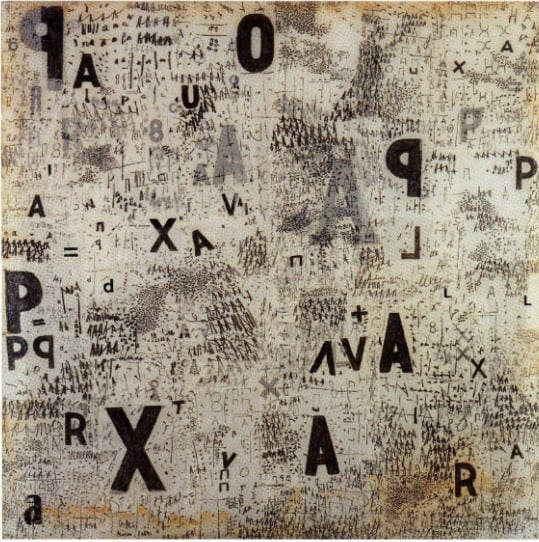
Though Schendel was in dialogue with her Brazilian colleagues, her artistic voice was a unique one. She subscribed to no school, no group, no movement, and moreover, her work was in a constant state of evolution.
